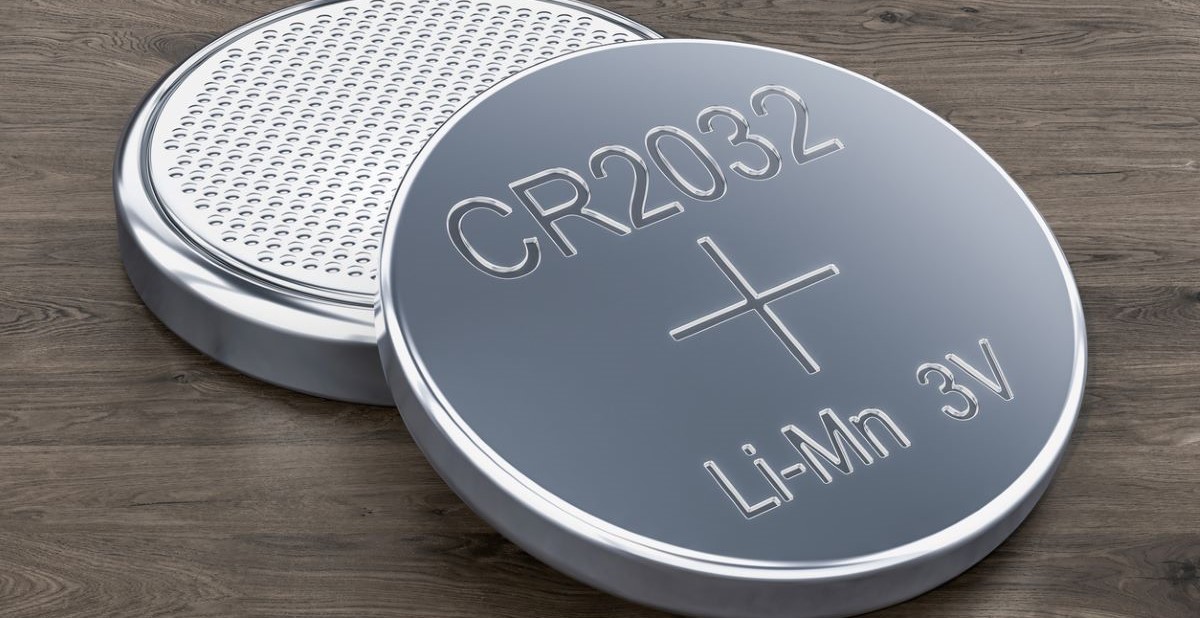CPSC Approves Mandatory Safety Standard For Button Cells, Coin Batteries

The U.S. Consumer Product Safety Commission (CPSC) has voted to approve a mandatory standard to reduce button cell and coin battery ingestion hazards to children six years and under.
Both suppliers and distributors in the promotional products industry should be aware that these batteries are used in many types of products, such as a variety of toys, wireless video game controllers, musical greeting cards and keyless entry remotes.
“Now that CPSC has finalized Reese’s Law, and has adopted ANSI/UL4200A-2023 as the mandatory standard for consumer products powered by button cell batteries and not covered by the ASTM F963- The Toy Safety Standard, it is urgent that all members of the promotional products industry comply,” says Rick Brenner, MAS+, president and CEO of Product Safety Advisors and long-time co-chair to PPAI’s Product Responsibility Summit.
Legislation
Enacted August 16, 2022, Reese's Law mandates that the CPSC implements federal safety requirements for button cell or coin batteries, as well as consumer products containing such batteries.
- These requirements don’t apply to toy products for children under 14 if the products comply with the Toy Standard.
- Additionally, the law requires that any button cell or coin battery offered for sale, manufactured for sale, imported into the U.S. or included separately with a consumer product, meet the child-resistant packaging requirements in the Poison Prevention Packaging Standards after February 12, 2023.
Consistent with Reese’s Law, the mandatory standard – ANSI/UL 4200A-2023 – requires either the use of a tool, such as a screwdriver or coin to open the battery compartment, or the application of at least two independent and simultaneous movements to open by hand.
Additionally, such consumer products must pass a series of performance tests simulating reasonably foreseeable use or misuse. The standard also includes labeling requirements for consumer products containing button cell or coin batteries, and labeling requirements for consumer product packaging.
Safety Hazard
According to the CPSC, the consequences of a child swallowing a button cell or coin battery can be immediate and deadly. The tiny batteries can burn through a child’s throat or esophagus in as little as two hours if swallowed.
- From 2011 through 2021, the CPSC is aware of 27 deaths and an estimated 54,300 injuries treated in emergency rooms associated with ingested or inserted button cell or coin batteries.
The movement to promote child safety regarding button cell and coin battery ingestion was spearheaded by Trista Hamsmith, whose 18-month-old daughter Reese Hamsmith died from injuries sustained when she swallowed a coin cell battery in December 2020. Since that time, Hamsmith has worked tirelessly to protect other children from similar hazards.
“I thank Trista Hamsmith and the congressional champions of this legislation for all of their work to provide the commission with expedited authority to address this safety hazard,” wrote CPSC Chair Alexander Hoehn-Saric. “I also want to thank the CPSC staff for providing the necessary support and analysis to bring us to this important moment. With these changes, we’ll help reduce the number of deaths and injuries from these consumer products.”
Promo’s Next Steps
The new law will take effect 180 days from the date that it is published in the Federal Register, which has not happened yet. Promo industry suppliers have an opportunity to evaluate their product line and determine if their non-toy button cell powered products already meet the standard or will have to be redesigned.
The Consumer Product Safety Commission is presenting at this year’s Summit on Reese’s Law. The event will be held October 8-10 in Alexandria, Virginia. Click here for more information and to register.

